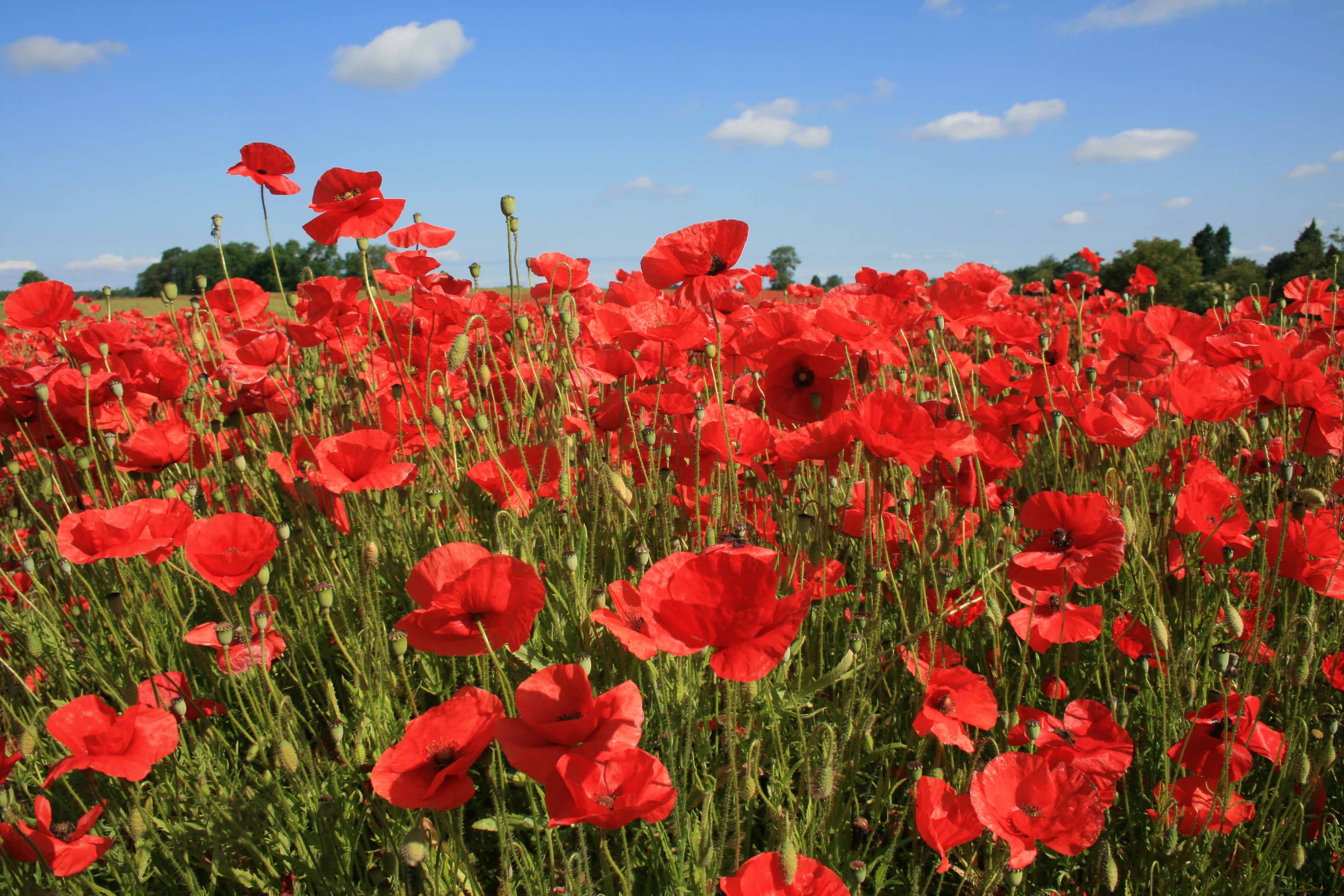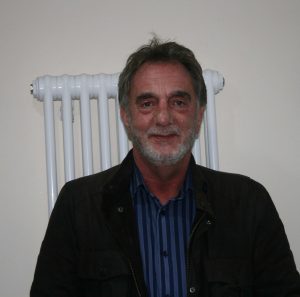

Prof. Saunders began his talk by asking the question: what is Modern Conflict Archaeology? It is only concerned with the 20th and 21st Centuries. It can include civil unrest, tribal conflict, commemoration and memory, conservation, museums, heritage and tourism. It is not military history and it goes beyond the battlefield. It is not just digging up a flame-thrower with a JCB from a battlefield. Modern Conflict Archaeology is interdisciplinary, for example, when excavating a human skeleton, DNA can be extracted, and sometimes traced to the surviving family. Those that were ‘missing’ in war, can be ‘found’. During WW1, thousands of kilometres of trenches were dug, with the consequence that the soldiers were discovering archaeological finds. Many of these were published in academic journals. Modern re-enactors can take part in a WW1 trench excavation and their presence contributes to part of the continuing story.
Caves, dugouts and tunnels played a part of the ‘underground war’. Many surfaces are decorated by soldiers, who carved the chalk in various designs, leaving their symbolic carvings and graffiti behind. This is a large area of research currently being undertaken.
Tourism to battlefield sites has grown enormously since the mid 1960s. Battlefields and Tourism is now big commercial business. At Vimy Ridge the trenches have been preserved and reconstructed in concrete for tourists. This affects how people today understand the war. Mural paintings have been made at the Old Western Front, using memorable landmarks, but many of these landmarks were familiar to soldiers going into war and would have held a completely different meaning for them.
Tourism has grown so fast that it has commercialised the war. It was not until 1964 and a BBC series that it re-branded the war as a cultural memory. Over 1 million people visited battlefield sites, compared to 50,000 in the 1970s. Today you can buy chocolate with poppy images and chocolate helmets. This changes people’s relationship with conflict.
‘Trench Art’ is another subject undergoing extensive research. Military shells were re-fashioned and sent home as mantelpiece objects. Even in Sarajevo in 2000 people were hammering new objects from spent shell cases. In the Gulf War decorated objects, such as boots and ammunition shells have been painted in the style of red and black Trojan war images. ‘People make objects, but objects make people’. One man turned the bullet from his leg into a crucifix, which he had gold plated and wore for the rest of his life. On his death it passed to his nephew, who was a battlefield guide. After explaining the military history on site, he would show tourists the crucifix. This usually produced an emotional response, completely different to that from explaining military history. The crucifix was buried with the nephew.
Some of the shocking objects from WW1 are the ‘Black Shame’ medallions manufactured by the Germans expressing outrage at black soldiers fighting on the front. They believed they were ‘contaminating’ German society and Germany society had been insulted by their presence.
An inhospitable front on the Italian-Slovenian border, was at the Soca/Isonzo valley (1915-17) with fighting on the tops of the mountains and on the valley floor. In 1981 there were 3000 cemeteries, but many have been cleared and there are only 64 today. However, geophysical survey and excavation shows that the landscape is still full of bodies and artefacts. This is astonishing as in 1938 bones were taken to ossuaries and commemorated by Mussolini.
The Great Arab Revolt project has located railway stations and railway lines in the desert where T.E. Lawrence used explosives against the Ottoman Empire. Today there is a re-enactment ‘experience’ which is backed by the Jordanian Royal Family. However, using photographs and local Bedouin knowledge, the team found the remains of an Ottoman army camp in the desert. This was the first time such a site had been excavated. They found buttons, live ammunition and bullet casings. They also discovered the Air Corps flying base in Jordan that used Rolls Royce armoured cars that were specially manufactured in WW1. At this overnight campsite, called Tooth Hill Camp, were fragments of Army rum jars and parts of the armoured cars.
This was a fascinating and enlightening talk which turned many of the old ideas from military history, on its head.
